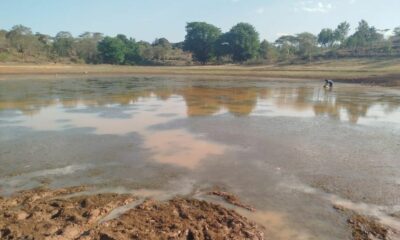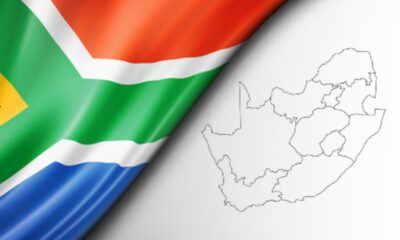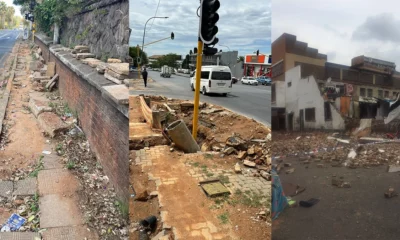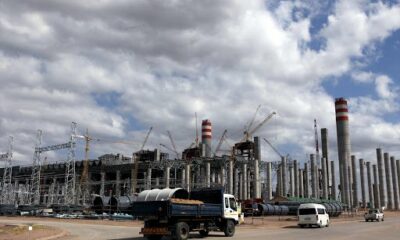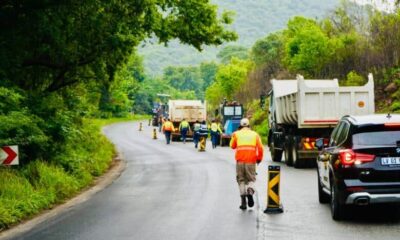Best of Johannesburg
How to Read a Rand Water Alert (Before You Panic), Johannesburg 2025
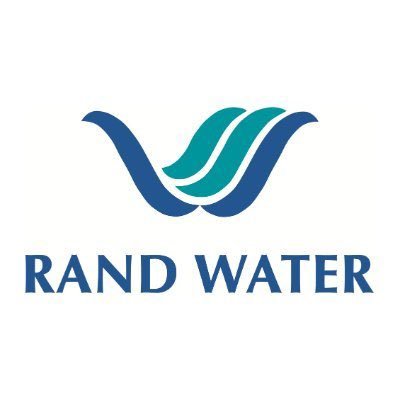
A Joburg local’s guide to decoding water alerts – without the drama
Johannesburg residents are no strangers to headlines like “Rand Water Alert Issued for Johannesburg.” Before the group chats light up and bottled water starts flying off the shelves, it’s important to understand what these alerts really mean – and how to interpret them calmly in 2025.
Water cuts and low pressure have become a familiar part of life across Gauteng, especially in Johannesburg, where ageing infrastructure, rising demand, and load shedding all contribute to supply challenges. But not every alert signals a crisis – many are planned well in advance. Here’s how to distinguish routine maintenance from emergencies, what details to watch for, and how to stay ahead of the next dry tap.
Also read: Water Shedding vs Maintenance in Joburg: How to Spot the Difference
What Is a Rand Water Alert?
A Rand Water alert is an official public notice about potential water supply disruptions – whether due to scheduled maintenance, reduced pumping capacity, low reservoir levels, or emergencies. These alerts aim to inform residents, not to cause panic.
Rand Water is one of Africa’s largest bulk water suppliers, providing water to several Gauteng municipalities, including Johannesburg. While Rand Water issues the alerts, the actual impact on your household depends on how your local municipality manages distribution.
What to Look for (Before Jumping to Conclusions)
Think of a Rand Water alert like a weather warning – it helps you prepare but doesn’t guarantee chaos. When an alert is issued, pay attention to:
The Cause
Is it planned maintenance, a pipe leak, infrastructure repair, or low reservoir levels? Knowing the cause helps you understand whether the issue is routine or urgent.
Affected Areas
Alerts usually specify impacted cities, suburbs, or even individual meters. In Johannesburg, areas linked to the Palmiet, Eikenhof, Mapleton, or Zwartkopjes systems are commonly affected. The City of Johannesburg often provides more detailed updates closer to the event.
Duration & Timing
Outages can last from a few hours to several days. For example, from 29 May to 2 June 2025, a major upgrade at the Zuikerbosch Water Treatment Plant disrupted supply across multiple metros – but this was communicated 21 days in advance.
Impact Level
Look for terms like “no pumping,” “reduced to 67%,” or “intermittent supply.” These indicate whether to expect no water, low pressure, or slower flow.
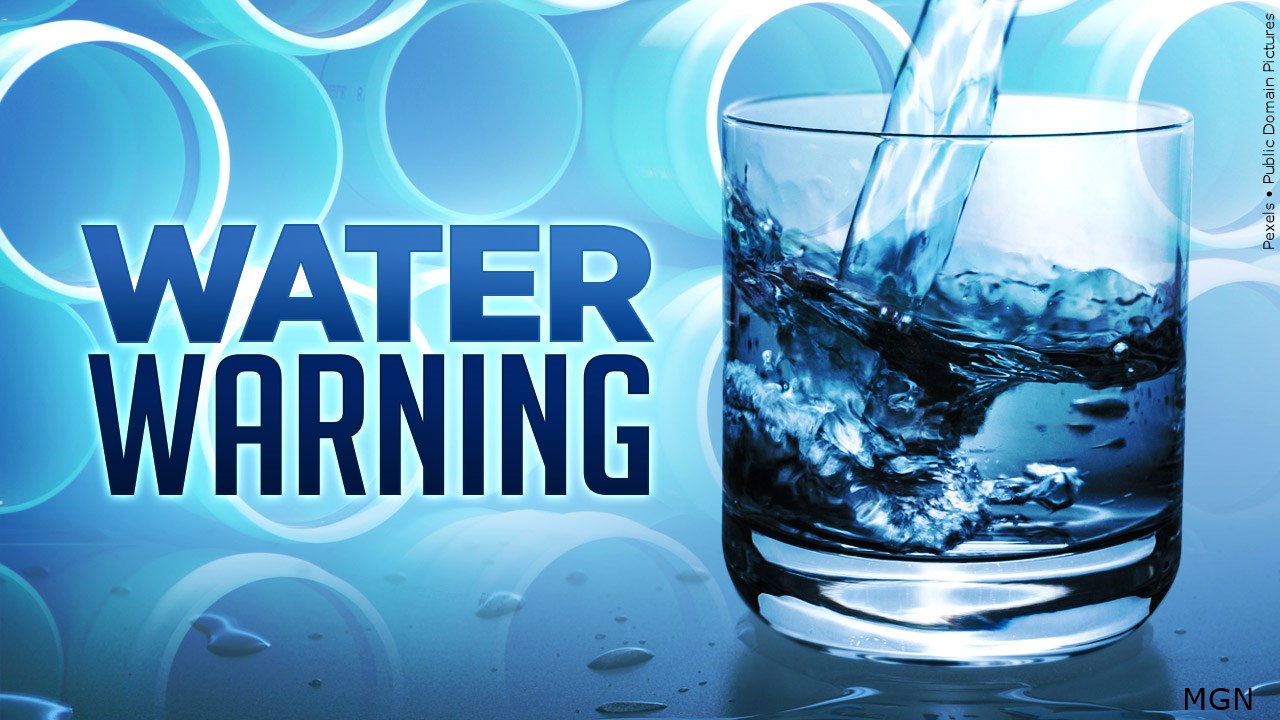
Image 1: WAGM
What’s Happening in 2025?
Johannesburg’s current alerts relate to planned infrastructure upgrades across Rand Water’s network. From May to July 2025, several large-scale maintenance projects are underway, focusing on long-overdue improvements to pumping stations and pipelines – especially the B16 pipeline connection from the new Station 5A at Zuikerbosch.
Key disruptions include:
-
29 May – 2 June: No pumping at the Mapleton system, affecting Johannesburg, Ekurhuleni, and Tshwane.
-
3 June: Palmiet system operating at only 67% capacity for 10 hours, impacting central Johannesburg.
-
30 June – 2 July: Eikenhof system reductions due to pipe leak repairs.
-
30 June – 21 July: Cleaning at Vereeniging sedimentation tanks causing longer-term strain.
The good news? These works are scheduled during winter – Johannesburg’s low-consumption season – to minimise impact.
What Should You Do?
Store water – but don’t hoard
If your suburb is on the alert list, fill buckets, bottles, and bathtubs in advance – just enough for essentials like drinking, cooking, and flushing.
Cut back where you can
Even if your area isn’t directly affected, conserving water helps prevent system-wide pressure drops. Delay laundry, skip car washes, and avoid long showers.
Stay plugged into official updates
Follow Johannesburg Water and Rand Water on social media and check their websites for real-time information. Alerts may change as conditions evolve.
Know your system
Are you supplied via Eikenhof or Palmiet? This can explain why your neighbour has water while you don’t. Most residents can find this info through their municipality or water bills.
Why It Matters
This isn’t just about dry taps – it’s about a city under strain. Johannesburg’s water challenges stem from ageing infrastructure, maintenance backlogs, population growth, and financial constraints, including municipal debts to Rand Water. The 2025 maintenance drive signals a commitment to long-term improvement.
In fact, these winter upgrades are part of a broader plan to boost capacity from August 2025 onward – aiming to stabilise Gauteng’s water supply after years of close calls.
Don’t Panic. Prepare.
Reading a Rand Water alert doesn’t have to feel like decoding a crisis. Most alerts come with time to plan, conserve, and adapt. Understanding what these alerts mean – and what they don’t – helps Johannesburg residents stay calm, confident, and hydrated.
After all, water is life. But in Joburg, knowing when it’s coming (or going) is just as important.
Also read: Why Your Water Pressure is Low – And What to Do About It, Johannesburg 2025
Follow Joburg ETC on Facebook, Twitter , TikTok and Instagram
For more News in Johannesburg, visit joburgetc.com
Source: Rand Water
Featured Image: X (formerly know as Twitter)/@Rand_Water

